(S H I F T I N G P E R C E P T I O N S)
A group of artists, from How to Inhabit a Transitory Space -experimental course- on Phenomenology of Contemporary Art, show the tangible outcome of their perceptions about the transitory, the inhabitation & its relationship with space through Contemporary Art.
Ingrid André, Juste, Laura Tuomi, Melody Jane, Natalia Häme, Pasi Paananen, Paula Ripatti, Saija Lehtola led by Egle Oddo, offer a collective exhibition housed in two galleries: Luova gallery and Third Space Gallery.
The whole exhibition: Shifting Perception, was a touching experience on perception, philosophy and art, visible in Helsinki from March 31st to April 4th, 2017.
To approach reality in modern times it is necessary to observe carefully around us. Take our time, put off and look over our cellphone, tablet and computers. We have only few seconds to feel the present, after that we will forget our last thought and although we try to repeat the moment we will never again experiment the same, even if we try to take pictures and capture the moments through video and bring them up to social media for a perpetual present. This time is over. However, reality it's continues. It is a place for possibilities, open for our perception.
Melody Jane: This is the second time that I have participated in "How to Inhabit a Transitory Space", which has a different theme and focus each season. On the previous occasion I focused on video. On this occasion, where I have focused on exhibition, I have found that my understanding of the exhibition space and how to adapt to it has strengthened considerably, as has my ability to be flexible and adaptive. One completes a work with their original intent in mind, but must be open to adapting that word and creating new narratives in relation the the space that it is shown within.
Natalia Häme: Attending the course "shifting perception" with Egle Oddo, has been a nice journey to see and feel art in different ways. From the first class of the course personally I had to close my eyes to what is obvious to see, and use my other senses and imagination to understand objects or theories in different ways. I learned that in art it's not only what you see, you need to look deeper in a subject and feel the process of creating a work. Giving attention to small details and feel how they can make a difference.
Saija Lehtola: It has been a great reminder that there is always another side and other angles to everything. There is never the right question or a single answer.
Paula Ripatti: For a course that I did not notice before to be able to attend and learn many new facts and techniques was quite a pleasant surprise.
Ingrid André: The process becomes clear as we actively work on it. The way will become visible as we start moving the pieces around. Ask questions, give answers, ask more questions, lose the answers. I have learned to stay alert and not anticipate the possible complicatedness of the project but simply to put stepping stones along the way and than suddenly one is on the other side of work, a concrete project.
Melody Jane: One learns more about the work that one has produced by the process of exhibiting it, and in some cases the work cannot be called complete until it has been exhibited it. Exhibition of a work involves making observations that consider its relationship to the space it is placed within, and on the interaction of other people with the work, as well as its relationship to any other pieces in the room. In some cases this leads to further insights about the work and how it can be developed, and adaptation of the work that can take place even as the work is being placed in the exhibition space. With this particular course and exhibition, all of the works are highly experimental and conducted amongst a group of artists with widely different backgrounds, so there is a very strong sense of dialogue between the works which can uncover interesting ideas and relationships that were not previously apparent.
Natalia Häme: Exhibiting my work was something completely new for me. I have to admit that it was a bit stressful but definitely worth it. It's nice to see people's reactions while they are looking your art. It doesn't need to be always a positive reaction tho, you can learn from people when you see, how they see your work.
Saija Lehtola: Exhibiting and showing my work was crucial. It’s not before the work and the viewer meet that the artwork really comes to life. Seeing my work in exhibition gives me another view on it, makes me realise it in a different way. Also to hear the thoughts of the viewers gives an idea of how the work is reaching out. My work in Third Space is part of a work in progress video Con Versation. My journey with this work still continues.
Paula Ripatti: The process of pulling together the exhibition was an experience I have never done before. It was exciting and allowed me to work with new materials and learn different techniques to form a skeletal plan. Third Space helped bring form and life to these ideas.
Ingrid André: As a dancer, performance artist and actress I am used to exhibiting my performing self on a stage, on camera, in art galleries and other spaces. Yet in our group exhibition Shifting Perception, my work consists of an installation made of paintings, sculptures, moving images and other organic elements so not my usual performing self and not my usual structure. Once the installation was ready (is it ever ready I do not know but...), I could stand back and become a witness of my own process. I could observe how my work interacted with the other works and with the audience. That “passive” witnessing is a very interesting situation for me. Yet on the other hand, it is a difficult position to be in because it is passive and I do not have the possibility anymore to act on it.
That process definitely continued at Third Space for me as I decided to leave a trace of my bigger installation there, residuals, clues, an imprint or an echo. So Third Space became an important space for my work and for my experience, a sort of parallel room where I could be close to the work but not too close to not see anymore. I would love to keep a connection to Third Space in one way or another.
Melody Jane: Don't use Instagram if that is your primary concern! Put it out of your own mind, and let others make the choice for themselves. You cannot micromanage people's interactions with your work, unless your work is about micromanagement of interactions and experiences.
Natalia Häme: This is a bit tricky in modern times, since Instagram is a fast way to show your work to people. It's fast, easy and cheap. Everyone uses social media more or less in our days and it's true that we live in a "photography age". The idea is to create interesting exhibitions with something unique included, that can't be compared with a photo. Maybe a small performance of your work or just being present in your exhibitions, people always are curious about the artist as well, not only about his/her work.
Saija Lehtola: I think it’s about being aware and being critical. Being able to step back but also to step in, and keeping the perception shifting…
Paula Ripatti: I cannot say much in terms of using instagram, since I do not use this application. However, social networks such as these can easily consume you if you don't win the audience's heart first.
Ingrid André: Inhabiting a transitory space requires being very present in the moment and space inhabited and mindful enough to settle fully despite the ephemeral quality of the experience. I think that is a great practice in our modern times, be present no matter for how long or short. Also how to create an impact in a society overwhelmed with images and events...that is question I ask myself.
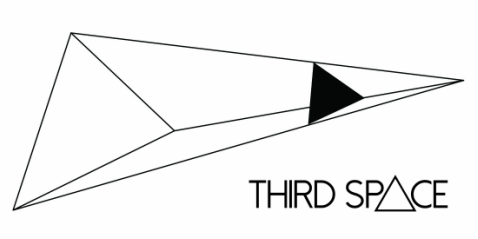
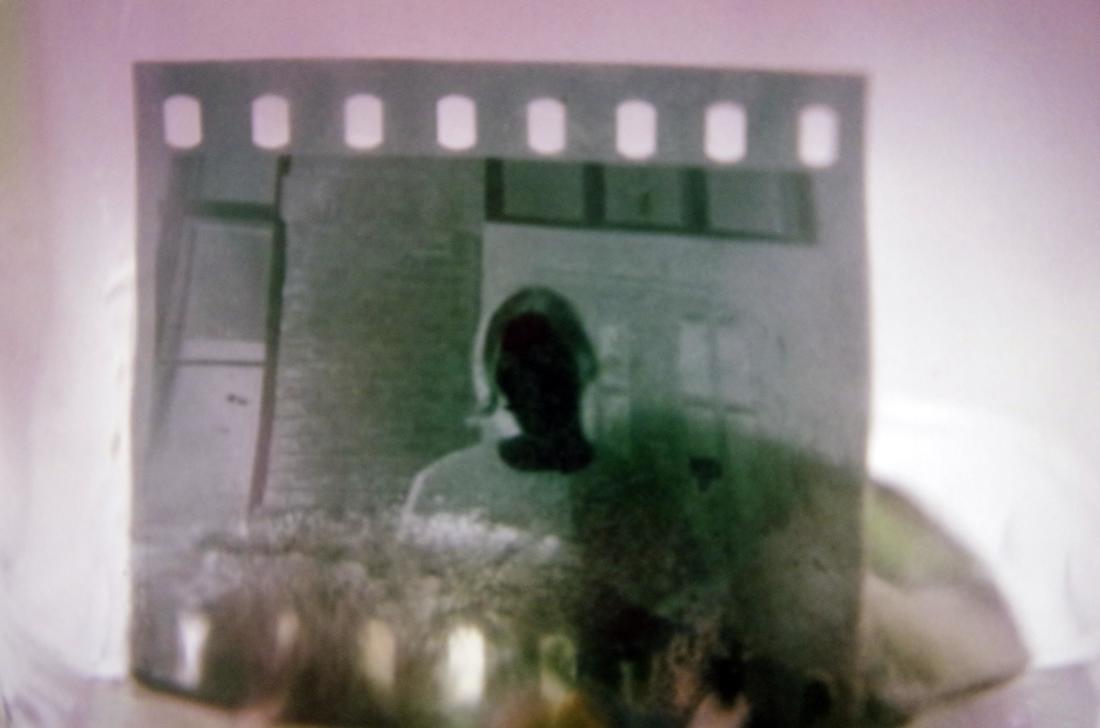
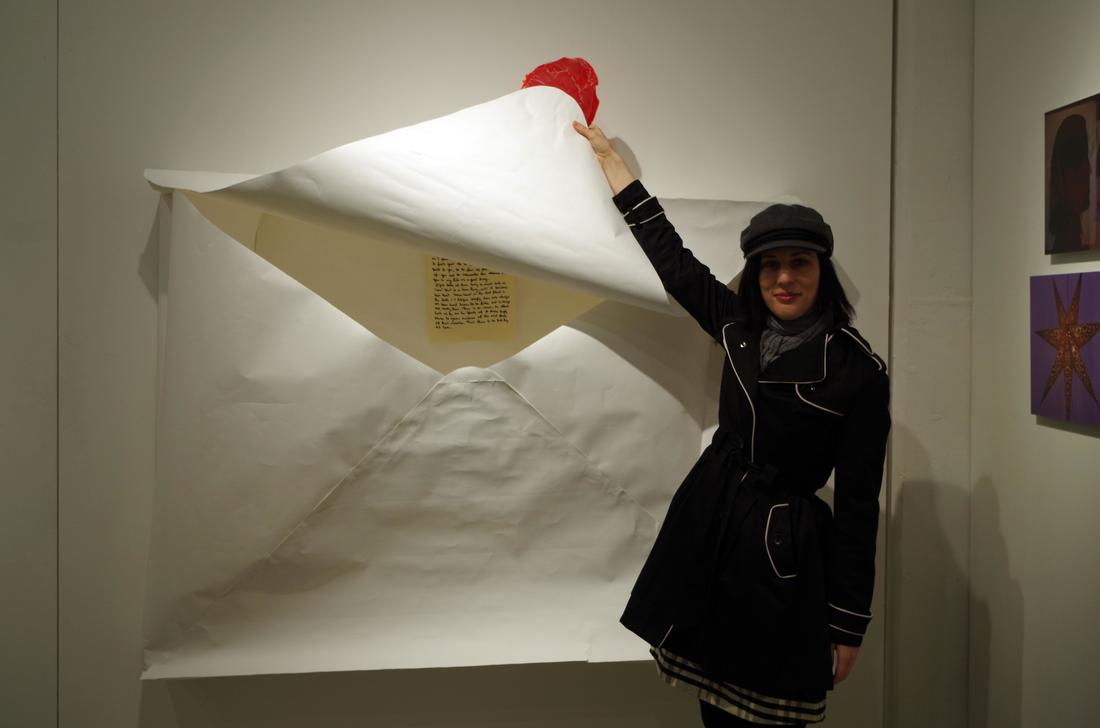
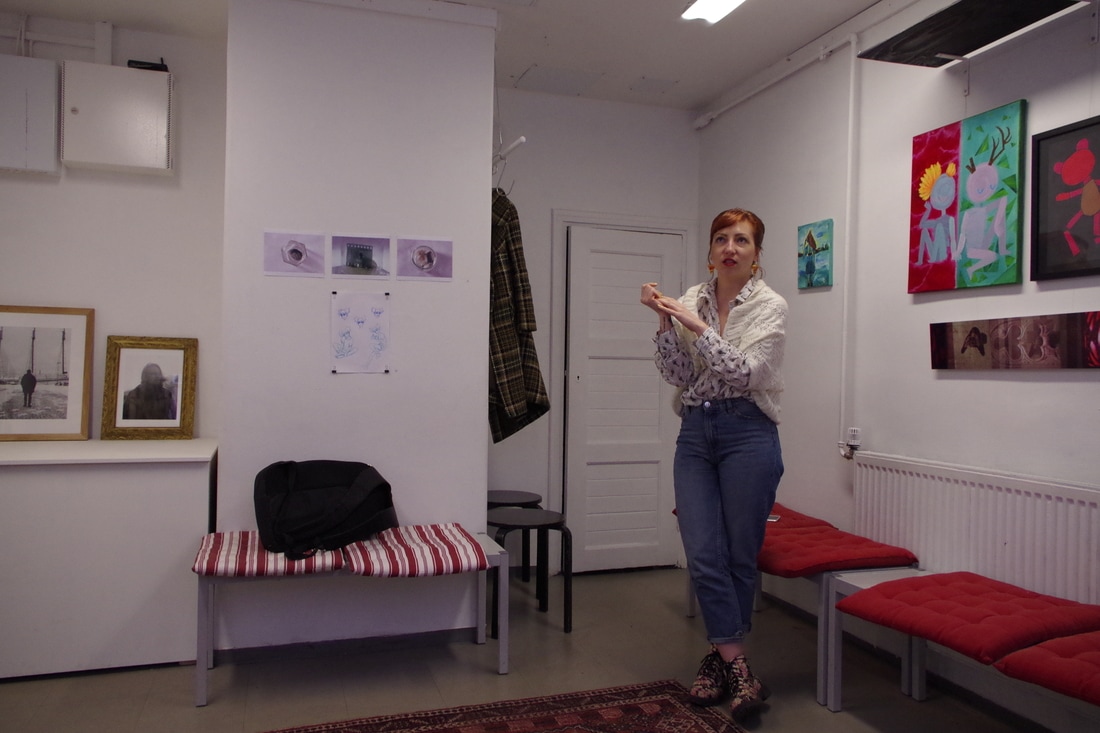
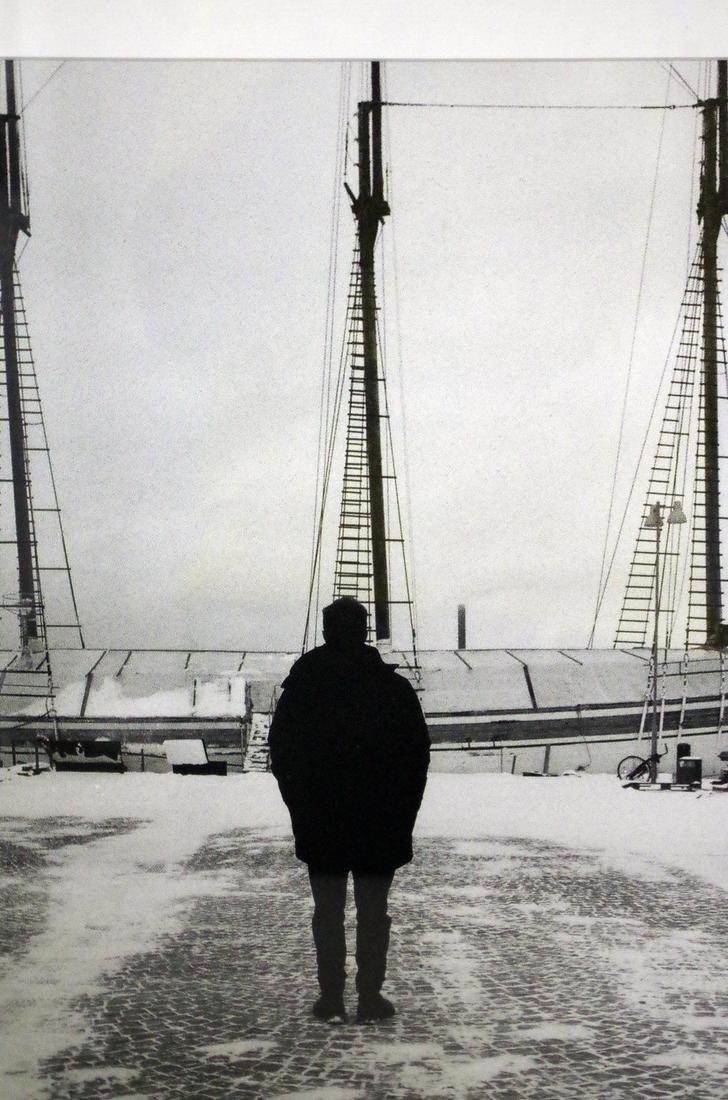
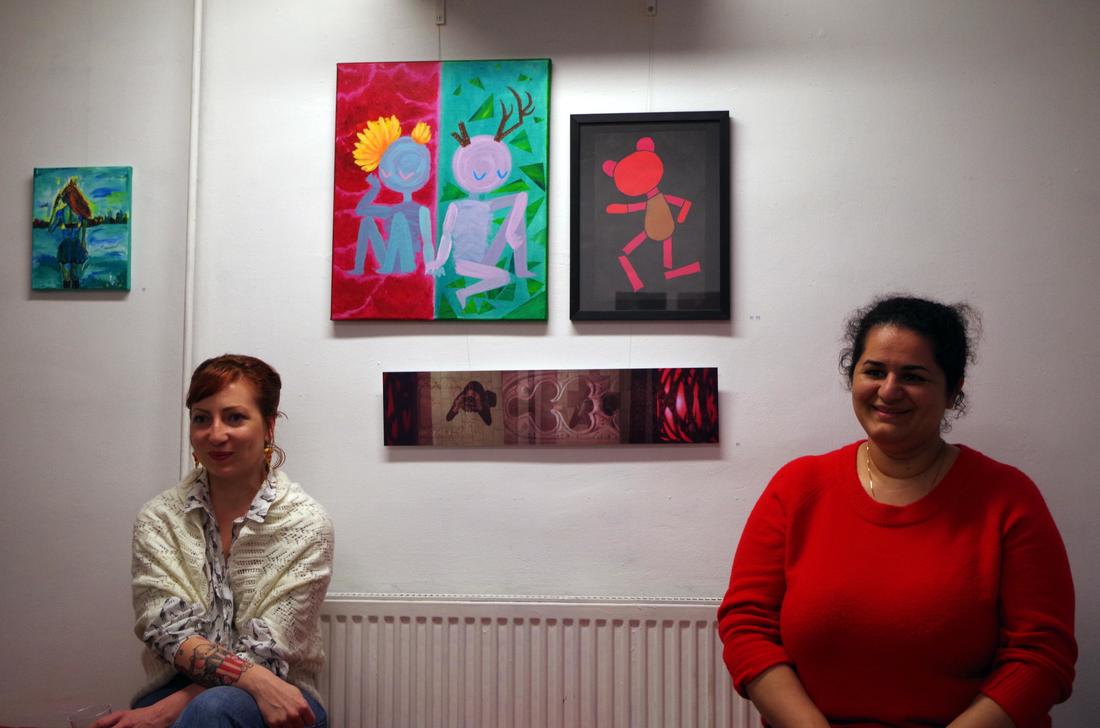
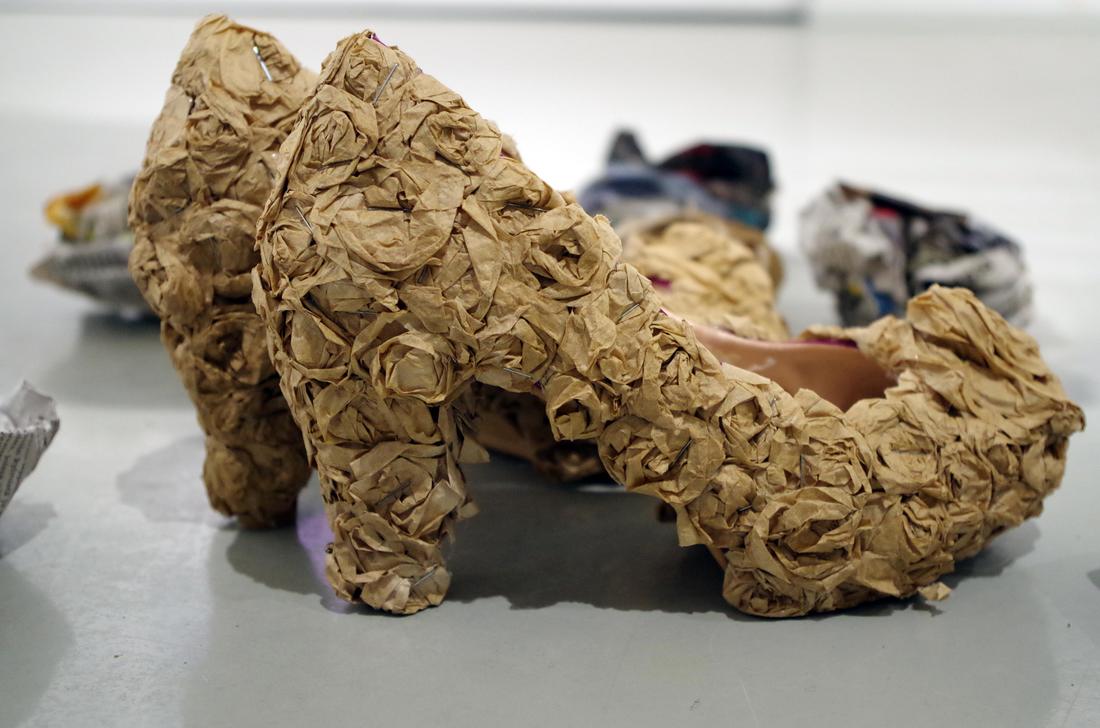
 RSS Feed
RSS Feed
